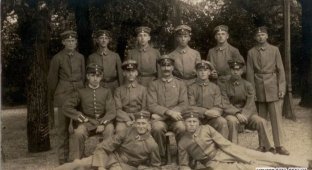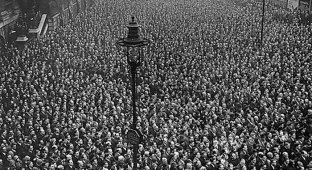French mechanical trencher of the First World War (4 photos + 1 video)
Digging trenches, and even under bullets - what could be worse? Add also weather conditions, and fatigue, and a lot of other things that lowers morale. And time in hostilities is sometimes decisive meaning. 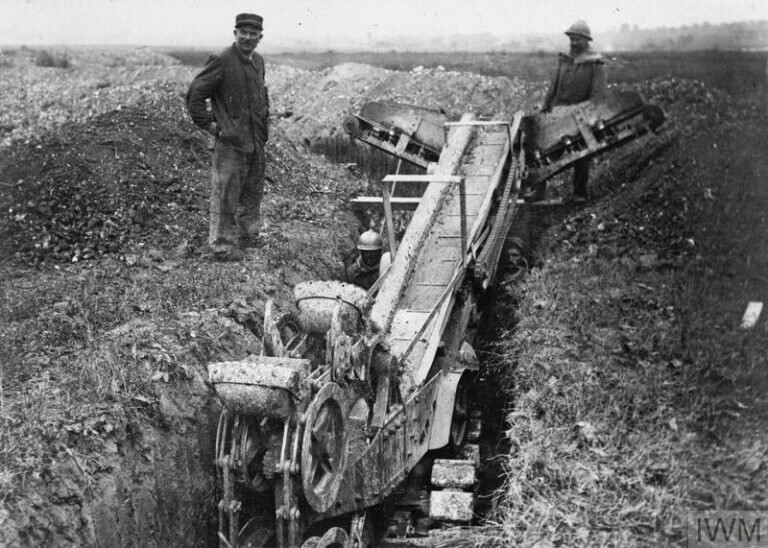
And if you entrust the digging of trenches to machines? push all machinery into a trench, but below ground level - let it limit power and performance - but how much happiness from power if noticed and shot?
Similar mechanized trenchers were seen as good solution for working in close proximity to enemy positions - more productive than digging trenches by hand, and even much more secure. 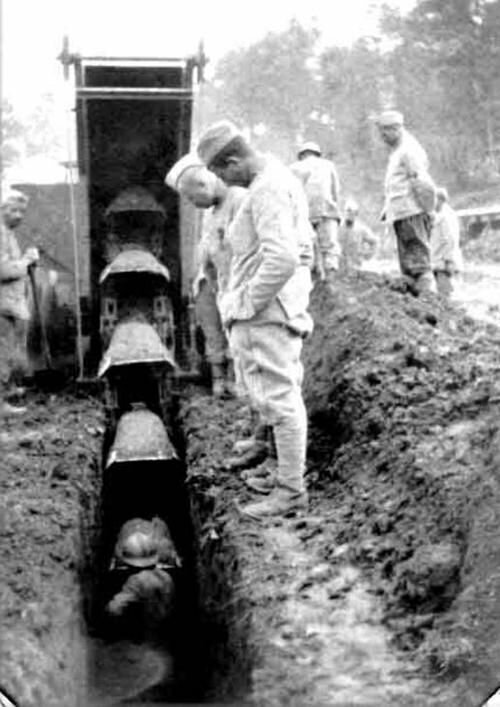
The hero of today's material is a French trencher, captured on film somewhere in Champagne around 1916-1917. What exactly is he interested in? The fact that, unlike other well-known mechanical trenchers of the First World War, it was planned less visible to enemy observers. And, accordingly, with much less likely to attract their attention and artillery fire. And he dug at the speed of a trained company of sappers, if not faster.
In August 1916, the French army successfully used two such trenching excavators capable of digging a trench up to 1.8 m deep and 0.6 m wide at a speed of 20 meters per hour. These machines were tested in chalk terrain, and the success of the tests proved sufficient to justify the adoption of such machines in those corps that operated in areas with similar types of soils. 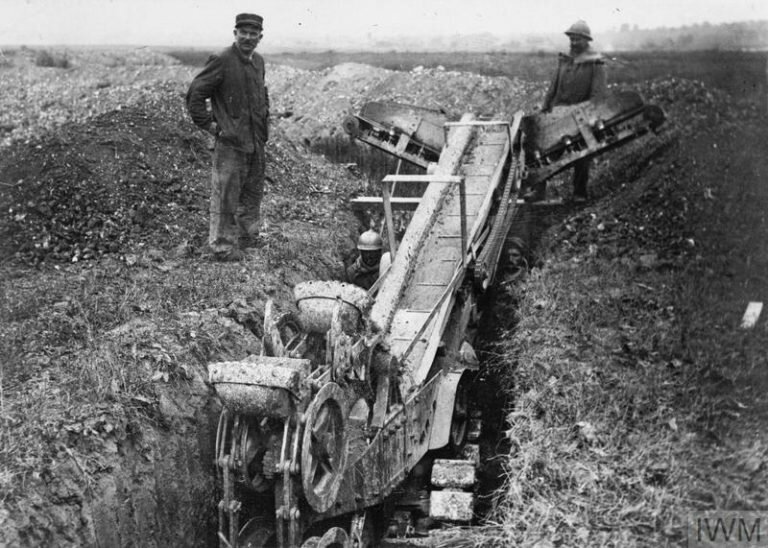
However, they had their limitations. Tests have shown that the type of wheels made them completely unusable in mud, and with swampy soil types that were common in the northern part British front. Machines and not only did not save labor, but also themselves needed help. Size and noise produced were not quite fit for front line work.
Remained, however, the ability to use them off the field vision and hearing of the enemy - in the rear. And there were six such excavators ordered in December 1916 from America. True operation of machines is all still showed them in not the best way. 
In February 1918, the director of communications reported that the excavators, in their current form are not worth keeping. It was calculated that due to constant breakdowns and difficulties in obtaining spare parts the staff working with them would do more work in the same time pick and shovel. And with the onset of the summer of 1918, the need the use of a mechanical trencher has disappeared.
Paying tribute to these machines, it should be noted that there were positive points of use. For example, in the area of the 5th building in 1918 in the Tutencourt area in hard clay and chalk was dug several miles of first class cable trench. The hidden connection was established 2 miles ahead and 2 miles behind the division headquarters.












